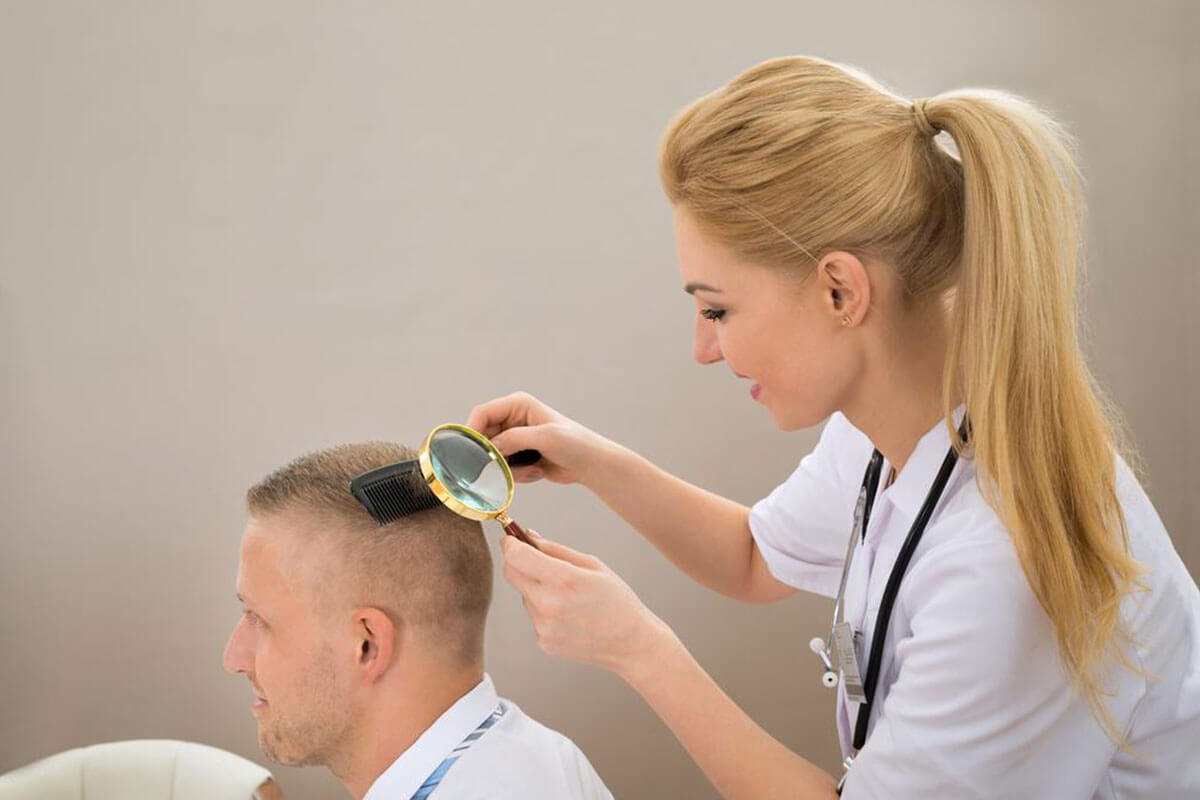Reduce Your Scalp Psoriasis with These Handy Tips

Battling with scalp psoriasis can be a frustrating and even embarrassing affair. Here are some dos and don’ts that may be helpful in dealing with the disorder.
Psoriasis is an autoimmune disorder of the skin, which is marked by red, flaky, and thickened patches of skin on a person’s body. In several cases, these symptoms occur on the scalp, a condition referred to as scalp psoriasis. This usually causes dry, scaly, red patches of skin on your scalp, and causes it to be covered in silvery scales. It may also cause thick, crusted areas on the scalp, with the plaque peeling off in clumps. Removing this crust can cause bleeding on your scalp too. Symptoms of scalp psoriasis such as itching, redness, and flaky areas can range from mild to severe, and either manifest themselves in small areas or spread all over your scalp.
If you are suffering from scalp psoriasis, you know how frustrating it can get. Although not a life-threatening disease, this skin disorder can take a toll on your mental health and social life as it not only causes considerable discomfort, but can be an embarrassing condition as well. There are various treatment options for scalp psoriasis, which include prescription treatments and over-the-counter medications. In addition to these treatments, you can make some lifestyle changes that will help you battle this annoying condition. Here are some simple tips that can go a long way in reducing your scalp psoriasis symptoms and flare-ups.
- Refrain from using anti-dandruff shampoos
Most of the time, people who have scalp psoriasis are advised to use shampoos that contain salicylic acid frequently. While this may work for some people, you may not realize that this acid works by chemically burning the flakes off your scalp. The surfactants used in the shampoo are compounds that are targeted towards removing the oils from your hair. However, if you have scalp psoriasis, it is important that the scalp is kept moisturized. These oils are what work towards it, and also keep your scalp flake-free. So reconsider washing your hair frequently with such products, and talk to your doctor or dermatologist about alternate solutions.
- Go for natural remedies
So now you know how important it is to keep your scalp moisturized if you are suffering from scalp psoriasis. However, ditch the conventional salicylic acid-containing products and opt for some natural treatments that will not only work towards reducing the symptoms of scalp psoriasis, but also make your hair healthy. You can apply aloe vera in the form of a cream or directly taken from the leaves of the plant on your scalp to reduce the flare-ups and flakiness on your scalp. Coconut oil is another excellent and easily-found home remedy that can help reduce the scaling, redness, and itching caused by scalp psoriasis. Reduce the number of times you wash your hair in a week, and soon you will notice that your scalp psoriasis symptoms are under control and your hair looks great.
- Be gentle while shampooing
You may feel like rubbing a shampoo into the scalp is the best way to get the product to work on the scalp psoriasis-affected areas, but it is not. Rather, vigorous rubbing, scratching, and scrubbing your scalp can make your scalp psoriasis symptoms worse.
- Consider using a scale softener
Many dermatologists recommend that people who have scalp psoriasis use scale softeners, which are solutions that can soften the thick, scaly patches on your scalp. Applying this solution directly on your scalp can loosen the scales, making them easier to remove. Also, ensure that you are careful while removing the scales off your scalp, as picking at them in a rough manner can cause the scalp psoriasis symptoms to worsen and also result in hair loss.
- Opt for an oil-filled diet
If you are dealing with scalp psoriasis, increasing your intake of oily products in your diet can be effective in reducing the symptoms of the condition. You do not need to gorge on coconut or olive oil, but start adding such healthy oils in your regular diet. In addition, remember to consume plenty of fish oils (omega-3 fatty acids).
- Do not get stressed out about having scalp psoriasis
Scalp psoriasis symptoms can be annoying and painful, and having to deal with them regularly may lead to you getting stressed. However, stress can worsen scalp psoriasis symptoms, and even lead to excessive hair loss. Find ways to unwind doing things that you love, and see the results on your scalp.


